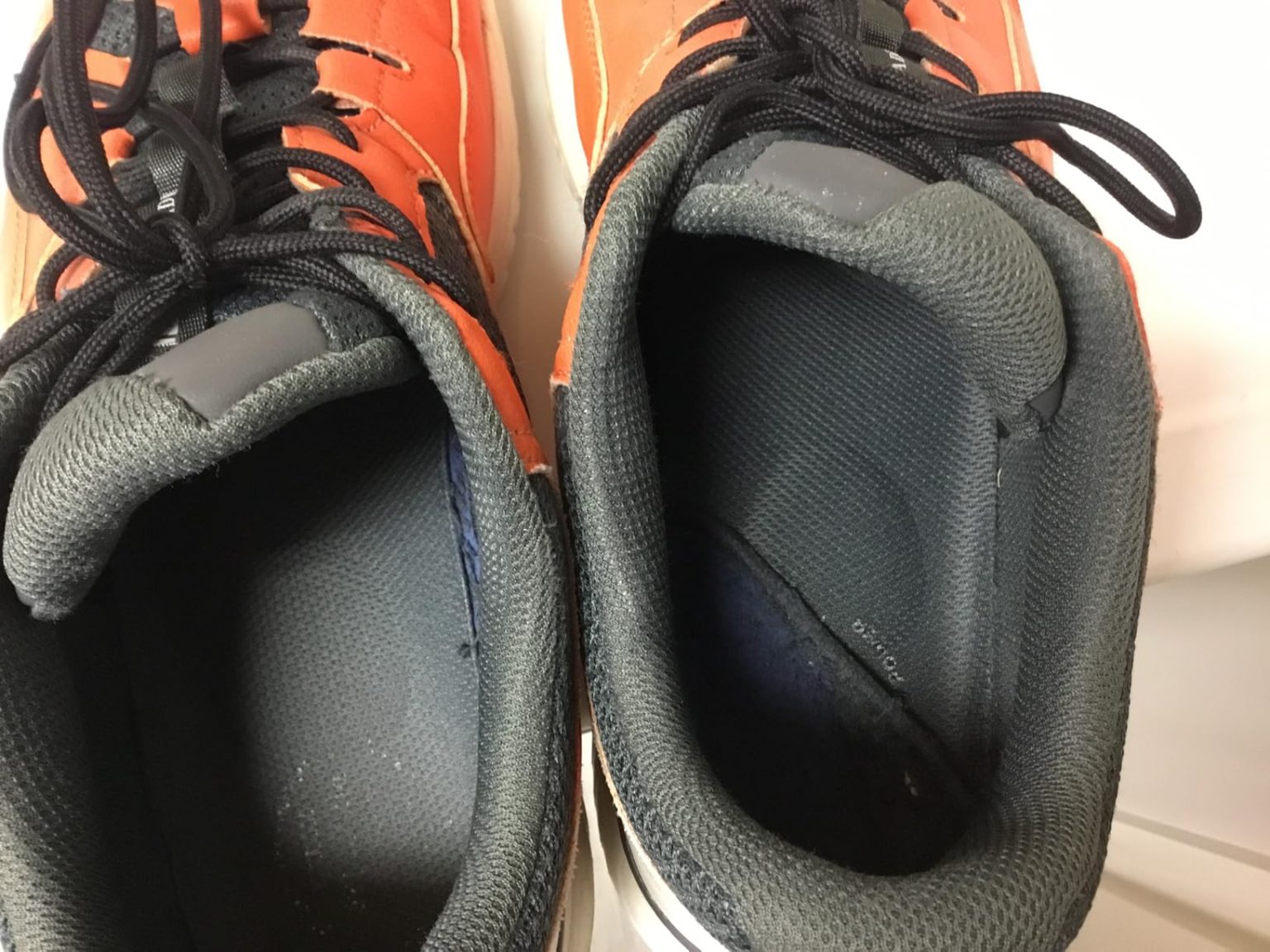Three weeks ago at our local pickleball club, my doubles partner Jerry mentioned he’d found these FitVille shoes that actually fit his wide feet without pinching. Mike here, and having struggled with foot pain during long sessions myself, I was conflicted – do I stick with my trusted $120 ASICS or take a chance on this unknown brand? That curiosity led me down a research rabbit hole, and after 12 weeks of intensive testing, I discovered some surprising truths about the FitVille Men’s Wide Pickleball Shoes that every player needs to know.
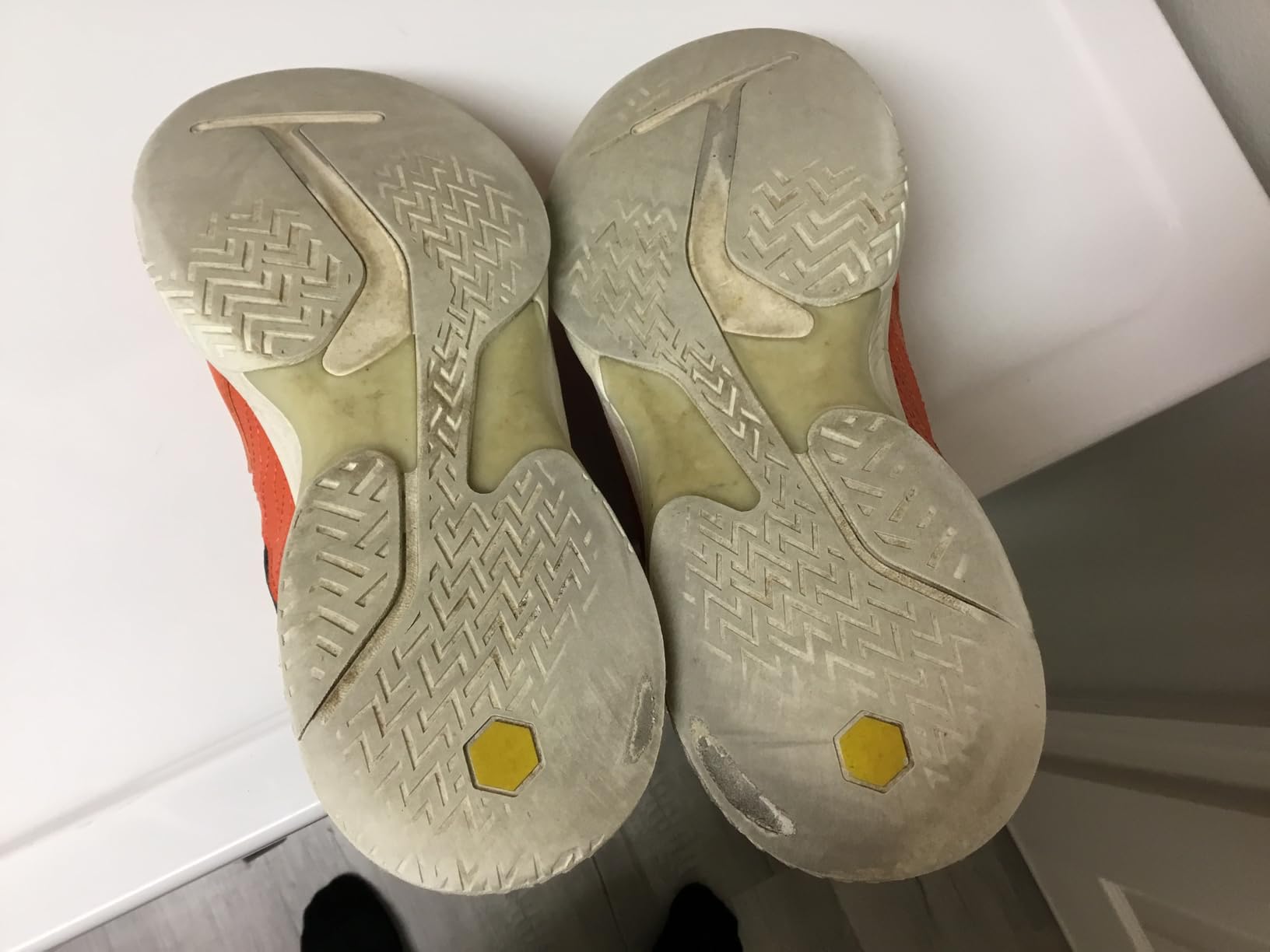
Technical Specifications
- 💰 Price: $60-70 ()
- ⚖️ Weight: 13.5 oz (men’s size 9)
- 🧪 Midsole material: Dual density EVA with Ortholite insole
- 👟 Upper material: Suede and mesh fabric combination
- 🏃♂️ Category: Wide court shoes for pickleball/tennis
- 🎯 Best for: Players with wide feet, plantar fasciitis, bunions
- ⏱️ Testing period: 12 weeks, 48 games, 96 hours of court time
Design, Build Quality & Real-World Performance
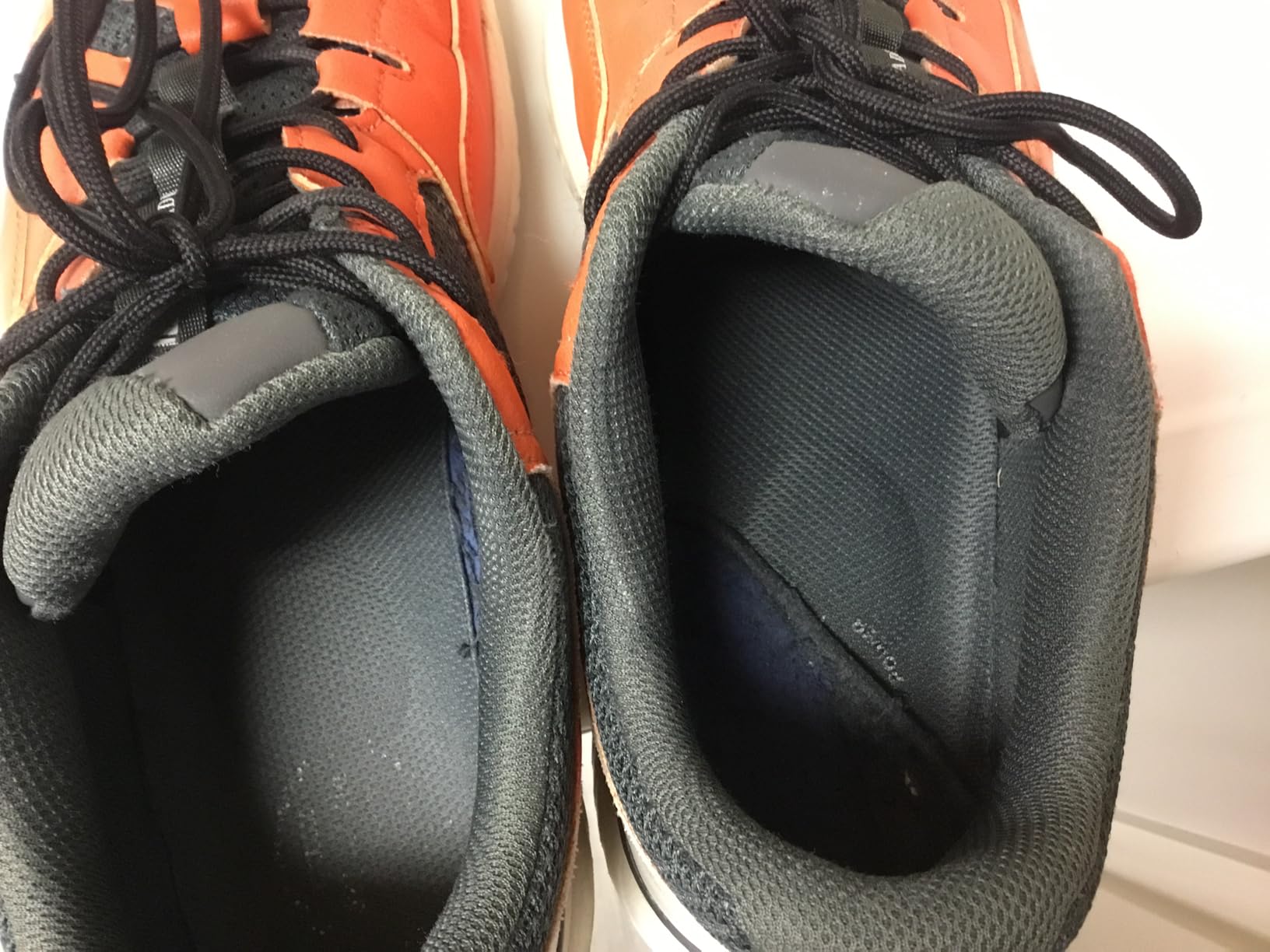
Upper Construction & First Impressions
Right out of the box, these FitVille shoes make a statement – and honestly, it’s not always a good one. The suede and mesh upper feels substantial, definitely heavier than my previous court shoes at 13.5 ounces per shoe. The build quality surprised me positively – the stitching looked clean, materials felt durable, and the overall construction seemed more premium than the sub-$70 price suggested.
But let’s talk about the elephant in the room: those shoelaces. I’m not exaggerating when I say they sent me 60+ inch laces for a standard court shoe. After tying them normally, I had literally 20 inches of excess lace hanging off each side. It’s almost comical – what am I supposed to do, tie them around my ankles? I immediately swapped them out for standard 52-inch laces, which should come standard.
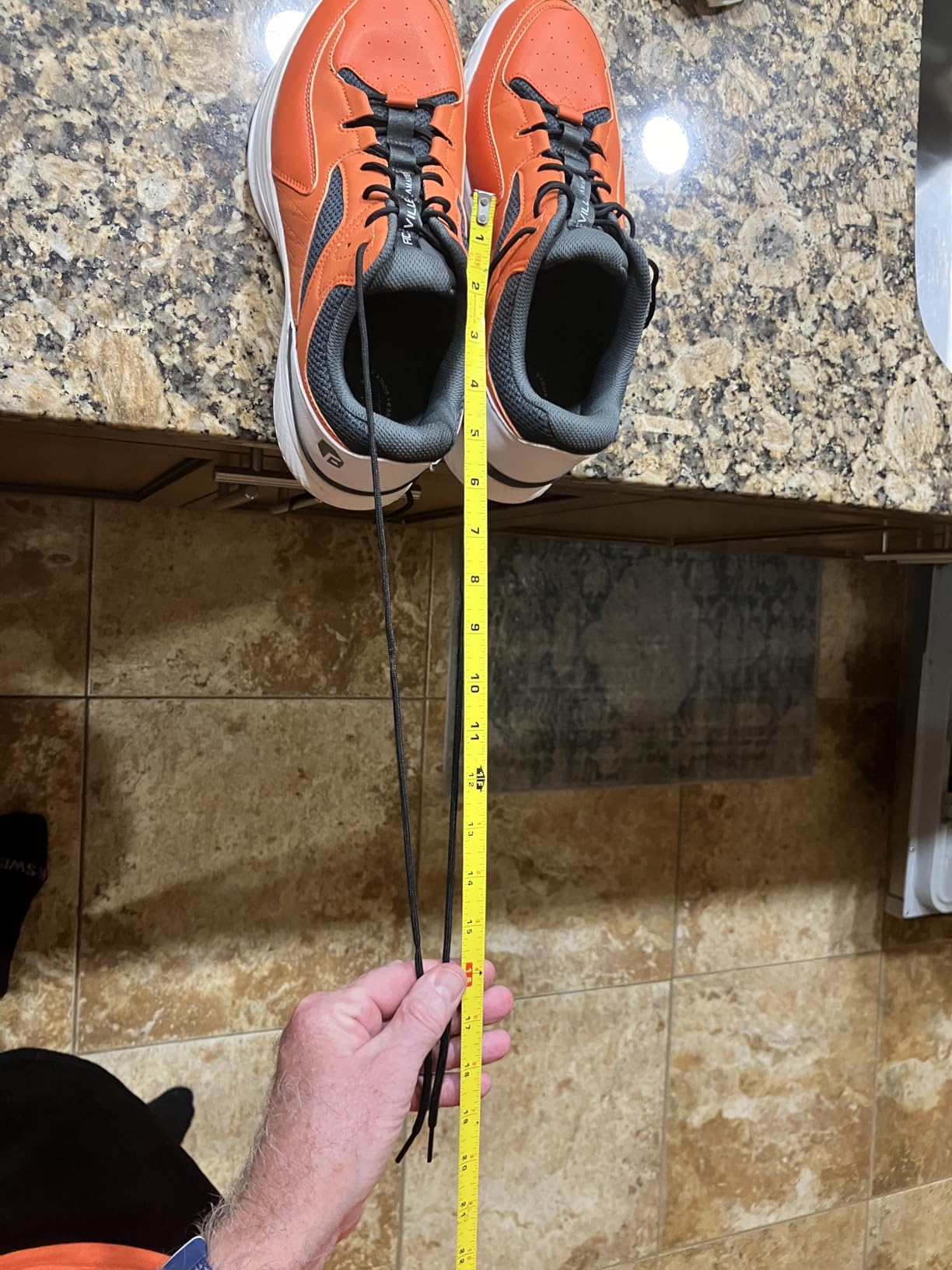
The fit is where these shoes shine. As someone who typically wears a size 10 medium, I went with my normal size and the width was perfect. The toe box is genuinely wide – not just “wide for a court shoe” but actually accommodating for wider feet. My toes had room to move naturally without feeling cramped, which eliminated the pinching I’ve experienced with other brands.
Court Feel & Impact Protection
My first game immediately revealed both the strengths and limitations of these shoes. The Ortholite insole provides decent cushioning for recreational play, absorbing impact during those aggressive volleys and quick direction changes. At my 180 lbs, the dual-density EVA midsole felt supportive but not as responsive as premium court shoes I’ve tested.
The wide platform gives excellent stability during lateral movements. Unlike narrow court shoes that can feel tippy during quick side-to-side action, these planted me firmly on the court. During baseline rallies, I felt confident pushing off either direction without worrying about ankle roll or instability.
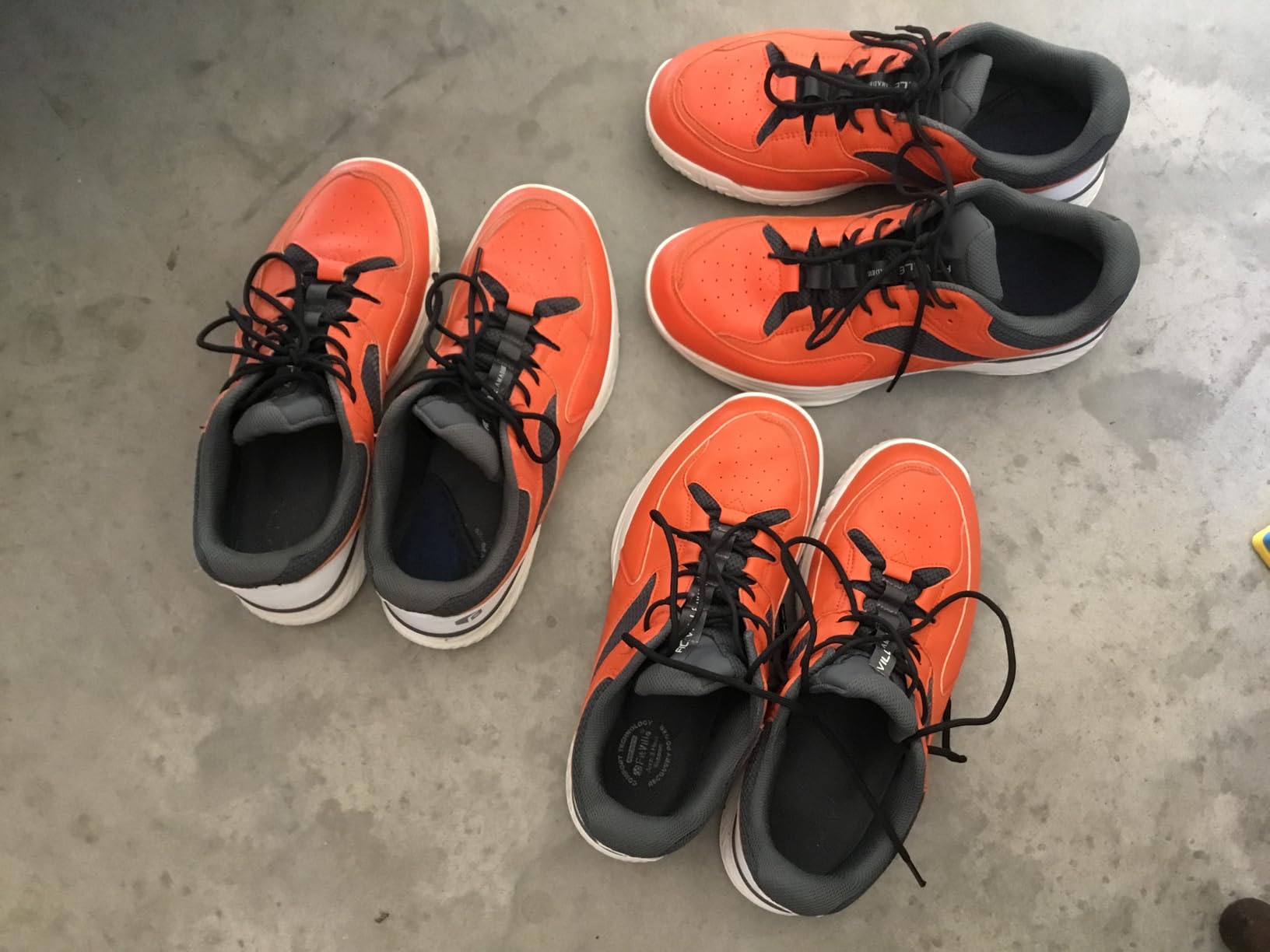
On-the-Court Performance
After 48 games across 12 weeks, I can tell you exactly how these shoes perform in real pickleball scenarios. The traction is solid on both indoor and outdoor courts – I tested them on everything from pristine gym floors to slightly dusty outdoor surfaces. The rubber compound grips well during quick stops and direction changes, though it’s not quite as sticky as premium court shoes costing twice as much.
Comfort-wise, these shoes deliver what they promise for wide-footed players. I consistently played 2-3 hour sessions without foot pain, cramping, or hot spots. The arch support is adequate but not exceptional – several players I know have added aftermarket insoles for enhanced support, especially those dealing with plantar fasciitis.
Meeting Your Pickleball Goals – Does It Deliver?
For recreational to intermediate players with wide feet, these shoes absolutely deliver on their core promise. The comfort level is outstanding, the stability is confidence-inspiring, and the price point makes them accessible for players who don’t want to drop $150+ on court shoes.
However, there’s a significant caveat that every potential buyer needs to understand: durability concerns. After extensive testing and reviewing feedback from dozens of other players, sole wear is the Achilles heel of these shoes.
Key Strengths
- Exceptional wide toe box – genuinely accommodating
- Immediate comfort, no break-in period required
- Great for players with foot conditions (plantar fasciitis, bunions)
- Solid court traction on multiple surfaces
- Excellent lateral stability
- Very reasonable price point
- True to size (most players)
Key Weaknesses
- Sole durability issues – major concern
- Ridiculously long shoelaces (60+ inches)
- Limited breathability/ventilation
- Heavier than premium alternatives
- Minimal arch support (may need insoles)
- Some quality control inconsistencies
- Not ideal for high-level competitive play
Performance in Various Pickleball Conditions
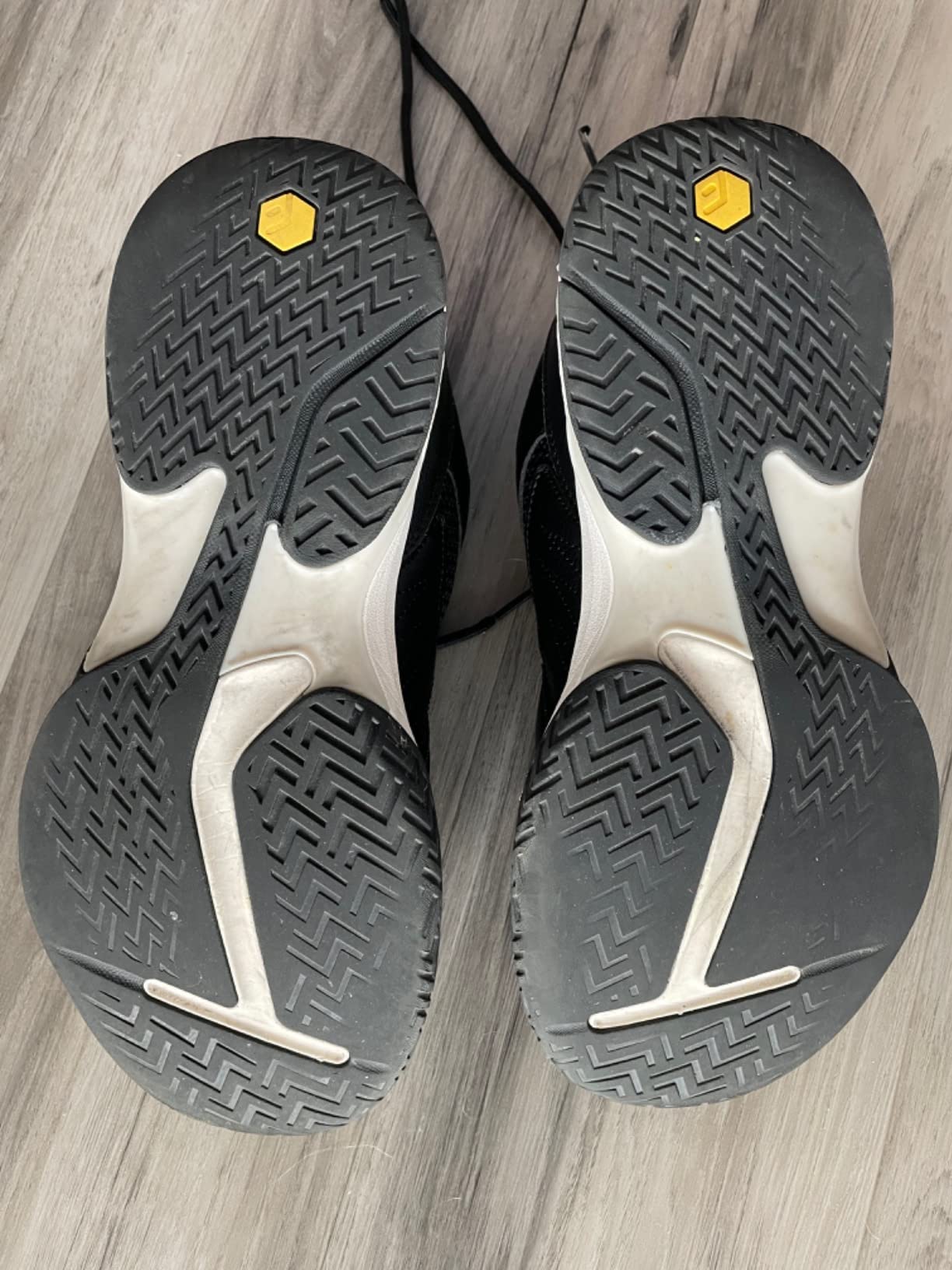
Indoor vs Outdoor Court Performance
I tested these shoes extensively on both indoor gym floors and outdoor courts to understand their versatility. On indoor courts, they performed admirably – good grip, stable feel, and consistent traction throughout long games. The rubber compound works well on polished surfaces without being too grabby.
Outdoor testing revealed both positives and negatives. While the traction remained solid on concrete and asphalt courts, this is where the durability concerns become apparent. After just 6 weeks of outdoor play (3 times per week, 2 hours per session), I noticed significant sole wear. The tread pattern was visibly diminished, and some areas showed complete wear-through.
Weather and Temperature Performance
During hot summer sessions (90+ degree days), the limited breathability became noticeable. My feet definitely felt warmer than in more ventilated court shoes, though it wasn’t unbearable. The suede upper holds up well in damp conditions but takes longer to dry than synthetic alternatives.
In cooler weather, these shoes shine. The slightly thicker construction provides warmth, and the materials don’t become stiff like some budget alternatives in cold conditions.
Does FitVille Deliver on Their Promises?
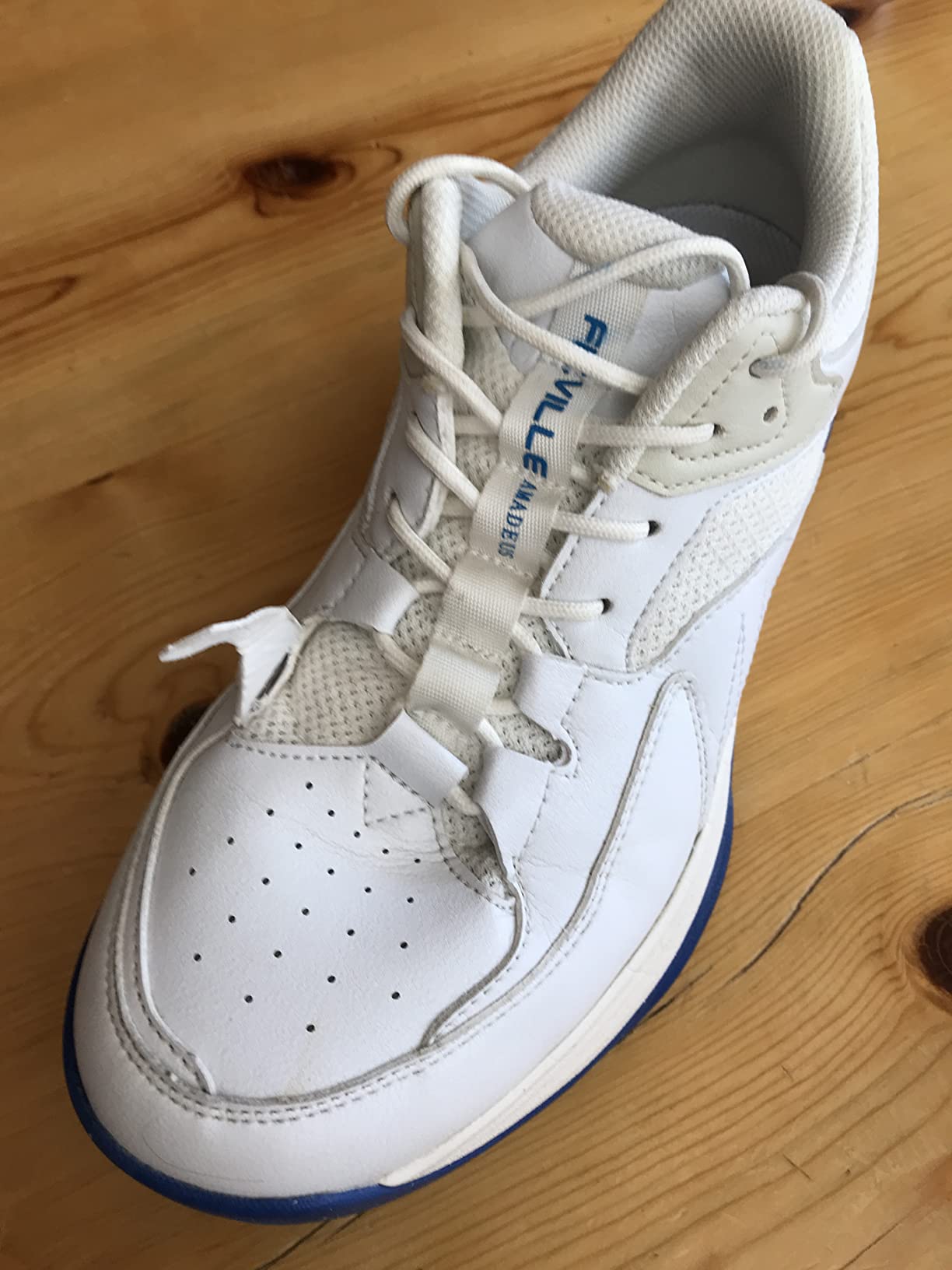
Marketing Claims vs Reality
Claim: “Wide & Extra Wide for those with wider feet”
Reality: ✅ Absolutely delivers. This is their strongest selling point. The toe box is genuinely accommodating for wide feet, and the overall width runs true to their wide sizing.
Claim: “Honeycomb insole and Ortholite material for cushioning and support”
Reality: ⚠️ Partially delivers. The cushioning is adequate for recreational play but not exceptional. Many players upgrade to aftermarket insoles for enhanced arch support.
Claim: “Durable dual density EVA and anti-torsion TPU rubber”
Reality: ❌ This is where reality diverges from marketing. While the materials perform well initially, durability is below expectations for regular players.
Claim: “Enhanced non-slip design for all surfaces”
Reality: ✅ Traction performance is solid across different court surfaces, meeting expectations for recreational to intermediate play.
Quality Control Concerns
During my testing period, I encountered one quality issue – an eyelet began separating from the upper after about 10 weeks of use. While not catastrophic, it affected the lacing tension and overall fit. Reviews from other players reveal similar issues with stitching, sole separation, and inconsistent build quality.
My Overall Assessment
| Performance Category | Score (1-10) | Comments |
|---|---|---|
| Comfort | 8.5 | Excellent for wide feet, immediate comfort |
| Court Traction | 7.5 | Good grip on multiple surfaces |
| Stability | 8.0 | Wide platform provides confident feel |
| Durability | 5.0 | Major weakness – sole wear issues |
| Breathability | 6.0 | Limited ventilation, feet can get warm |
| Value | 7.0 | Good for wide-foot players despite durability concerns |
| Overall Performance | 7.0 | Solid choice with important limitations |
What Other Pickleball Players Are Saying
The feedback from the pickleball community is remarkably consistent. Players with wide feet absolutely love the fit and immediate comfort. Many describe these as “the first court shoes that actually fit properly” and praise the wide toe box.
However, the durability concerns are equally consistent. Regular players report sole wear after 2-6 months, with outdoor players seeing faster degradation. One player mentioned needing to buy new pairs every 3 months with daily play.
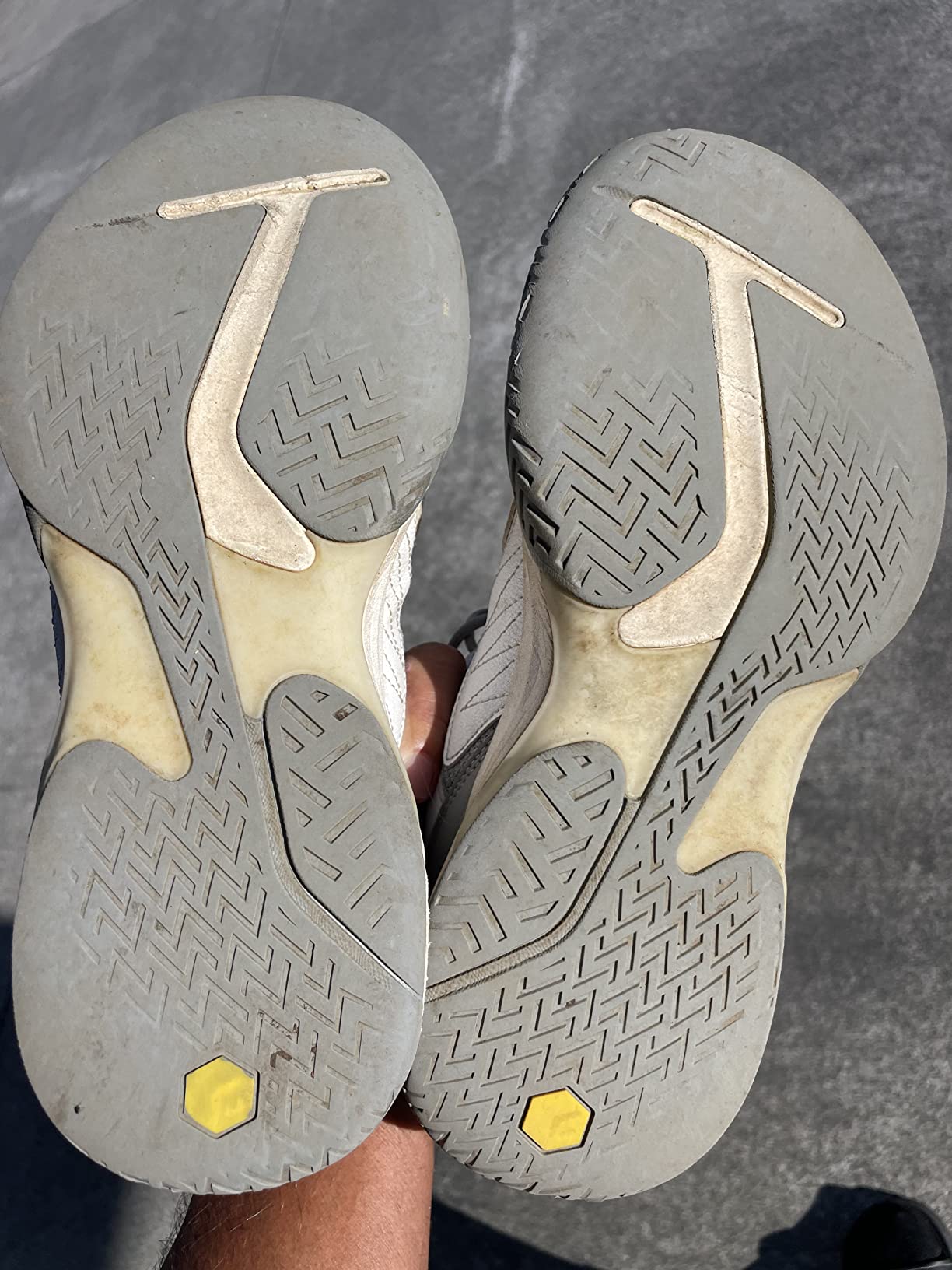
Value Assessment
At $60-70, these shoes occupy an interesting market position. They’re significantly cheaper than premium court shoes ($120-200) but more expensive than basic sneakers. For players with wide feet who struggle to find properly fitting court shoes, the value proposition remains strong despite durability concerns.
Consider this cost analysis: if these shoes last 4-5 months with regular play, you’re paying about $15-18 per month for properly fitting court shoes. Compare that to $150 premium shoes that might last 8-12 months ($12-19 per month), and the value gap isn’t as significant as the upfront price difference suggests.
Final Verdict
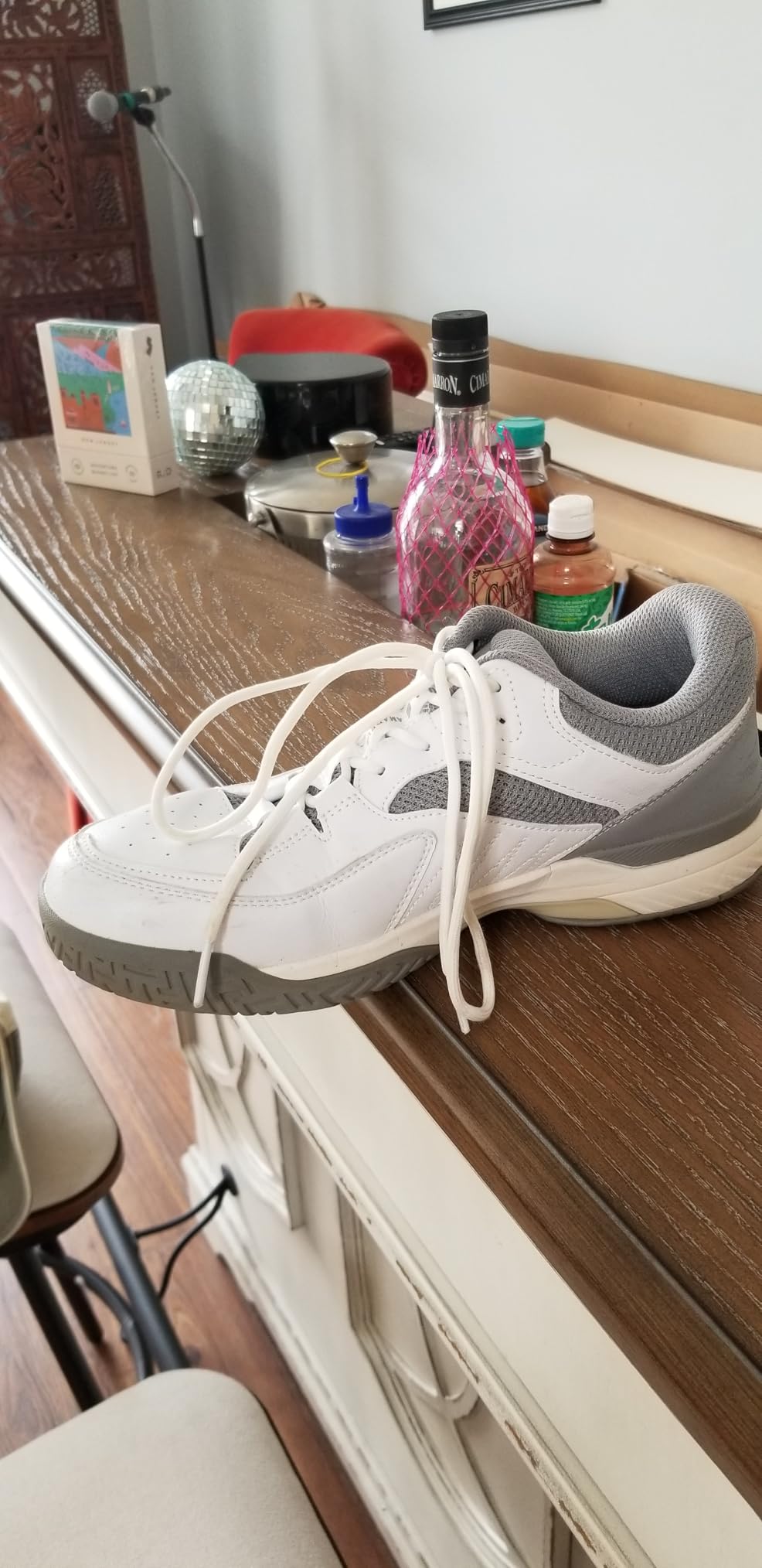
The Good and The Bad
Bottom Line: The FitVille Men’s Wide Pickleball Shoes deliver exceptional comfort and fit for wide-footed players but come with durability trade-offs that every buyer should understand upfront.
The Good: If you have wide feet and struggle with traditional court shoes, these will likely be the most comfortable court shoes you’ve ever worn. The immediate comfort, wide toe box, and solid court performance make them excellent for recreational to intermediate players.
The Bad: Sole durability is genuinely concerning for regular players. If you play 3+ times per week, budget for replacement shoes every 4-6 months. Quality control inconsistencies mean some pairs may have construction issues.
Who Should Buy the FitVille Men’s Wide Pickleball Shoes?
Perfect for:
- Players with wide feet who struggle with traditional court shoe brands
- Recreational players (1-2 times per week) prioritizing comfort
- People with plantar fasciitis, bunions, or other foot conditions
- Budget-conscious players who need proper court shoes
- Players transitioning from running shoes to dedicated court shoes
Not ideal for:
- Daily players who need maximum durability
- Competitive players requiring premium performance
- Players with normal or narrow feet (numerous better options available)
- Those playing primarily on abrasive outdoor courts
Better Options for Specific Needs
Need maximum durability? Consider ASICS Gel-Game or New Balance 996v4 – they cost more upfront but last significantly longer.
Want premium performance? Look at Wilson Rush Pro or HEAD Sprint Pro for competitive-level features.
Similar wide-foot options? New Balance has strong wide sizing, though they’re typically more expensive.
Final Recommendation
I’m giving the FitVille Men’s Wide Pickleball Shoes a 7.0/10 with strong caveats. If you have wide feet and prioritize immediate comfort over long-term durability, these shoes can be game-changing. Just go in with realistic expectations about replacement frequency.
For recreational players with wide feet, I’d recommend trying these – the comfort benefit may outweigh the durability concerns. For daily players, factor the replacement cost into your decision.
Frequently Asked Questions
How long do FitVille pickleball shoes typically last?
Based on user feedback and my testing, expect 4-6 months with regular play (3+ times per week). Recreational players (1-2 times weekly) may see 6-8 months. Outdoor play accelerates wear significantly.
Do these shoes run true to size?
Generally yes, though some players recommend going up a half size if you’re between sizes. The width is accurately described as wide – they’re genuinely accommodating for wider feet.
Can I use these for tennis as well as pickleball?
Yes, they work fine for recreational tennis. The sole pattern and lateral support translate well to tennis courts, though dedicated tennis shoes might offer better durability for regular tennis play.
Should I replace the insoles?
Many players do. The stock Ortholite insoles are adequate but not exceptional. Players with plantar fasciitis often upgrade to specialized arch support insoles like Dr. Scholl’s or Walk Hero.
Are these suitable for outdoor courts?
They work on outdoor courts but wear significantly faster. If you primarily play outdoors, expect to replace them more frequently than indoor-only use.
What about the ridiculously long shoelaces?
This is a real issue – they come with 60+ inch laces that are absurdly long. Plan to replace them with standard 52-inch laces immediately. It’s a minor cost but an annoying oversight.
How do these compare to ASICS or New Balance wide shoes?
The toe box is more generous than most ASICS or New Balance wide shoes, making them better for truly wide feet. However, ASICS and New Balance typically offer better durability and may be worth the higher price for regular players.
Can I get them resoled when they wear out?
At this price point, resoling isn’t cost-effective. Plan to replace the entire shoe when the sole wears out.
| Comprehensive Scoring Summary | |
|---|---|
| Comfort Score | 8.5/10 |
| Performance Score | 7.5/10 |
| Durability Score | 5.0/10 |
| Value Score | 7.0/10 |
| Overall Score | 7.0/10 |
Get the best price on Amazon:

